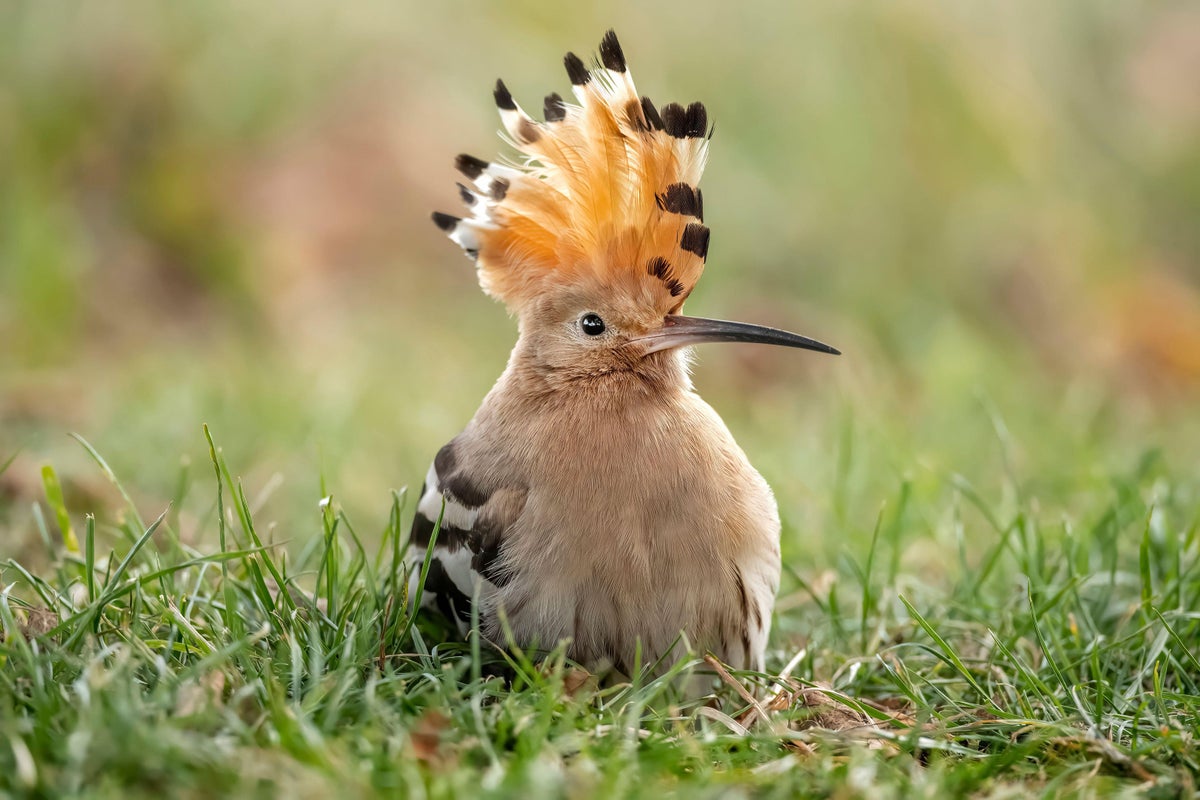
Have you ever noticed an exotic-looking bird in your garden and wondered what it was?
For those looking to attract unusual birds to their gardens, there’s a variety of plants readily accessible in the UK, which even the rarest of Britain’s birdlife can’t resist.
Of course, the proximity of your garden to woodlands, water sources and its size will all have an effect on the species you see frequent your grounds, but it is possible to tailor the birds that visit with the plants that thrive right here in the UK.
Here are some you may spot in your garden and in parks, woodlands, conservation areas and while exploring the great outdoors.
1. Goldfinch
Populations of goldfinches have been rising steadily in the UK in recent decades, as birds have taken advantage of bird food provided in gardens, according to the British Trust for Ornithology (BTO).
To attract goldfinches to your plot, consider planting trees and shrubs that produce smaller berries, such as dog rose and coneflower. These berries are easier for the smaller species like finches and tits to consume.
2. Hoopoe
Partial to insects and spiders, this exotic-looking bird has, most notably, a long pinkish-brown crest which it raises when excited, as well as striking black and white wings and a long black downcurved bill. It doesn’t breed in the UK, yet some have been seen mainly on the south coast of England as they migrate north to Europe from Africa, and have even been spotted as far north as Shetland, according to the RSPB.
3. Roseate tern
This elegant seabird is known for its pale pinkish hue and long tail streamers. It nests on coastal sites and can be spotted in a few locations around the UK during the summer months. These birds are attracted by sea holly – the spiky, blue or purple flowers can provide nectar for insects, which in turn attract the terns. Alternatively, sea lavender produces clusters of small, lavender-coloured flowers that can attract insects and provide a food source for the birds.
4. Red-footed falcon
This small falcon species is a rare visitor to the UK, primarily during the summer. It has a distinctive reddish-brown plumage and can sometimes be spotted in grasslands or wetlands.
To attract them, try planting meadowsweet, a perennial plant with white or pink flowers that can attract insects, which are prey for the falcons. Marsh thistle also produces spiky flowers that can attract insects and provide a food source for the birds.
5. Bullfinch
If you’re hoping to attract bullfinches to your garden, there are specific plants you can incorporate to make your space more enticing to these beautiful birds.
Bullfinches are known for their striking colours, with males displaying vibrant pinkish-red breasts. One of the best plants to attract bullfinches is the crab apple, which produces small, colourful fruits that bullfinches find irresistible. The tree blossoms in spring also provide nectar for insects, which can attract bullfinches seeking a source of protein.
Additionally, planting berries and fruits such as hawthorn and blackthorn can help draw these birds to your garden, as the berries provide an essential food source for bullfinches, particularly during the winter months when other food options may be scarce.
Creating a diverse and layered garden with a mix of trees, shrubs and flowering plants will not only attract rare birds, but also provide them with a range of habitats and food sources throughout the year, the couple maintain.
Remember to also provide a water source and create a safe and peaceful environment, minimising disturbances to make your garden a welcoming haven for all bird species.
Any flowering trees or shrubs will attract insects, increasing the chance of bringing birds to your garden. The rarer species such as the redstart and blackcap will be drawn in by the caterpillars and insects that use the berries and flowers from these species.







